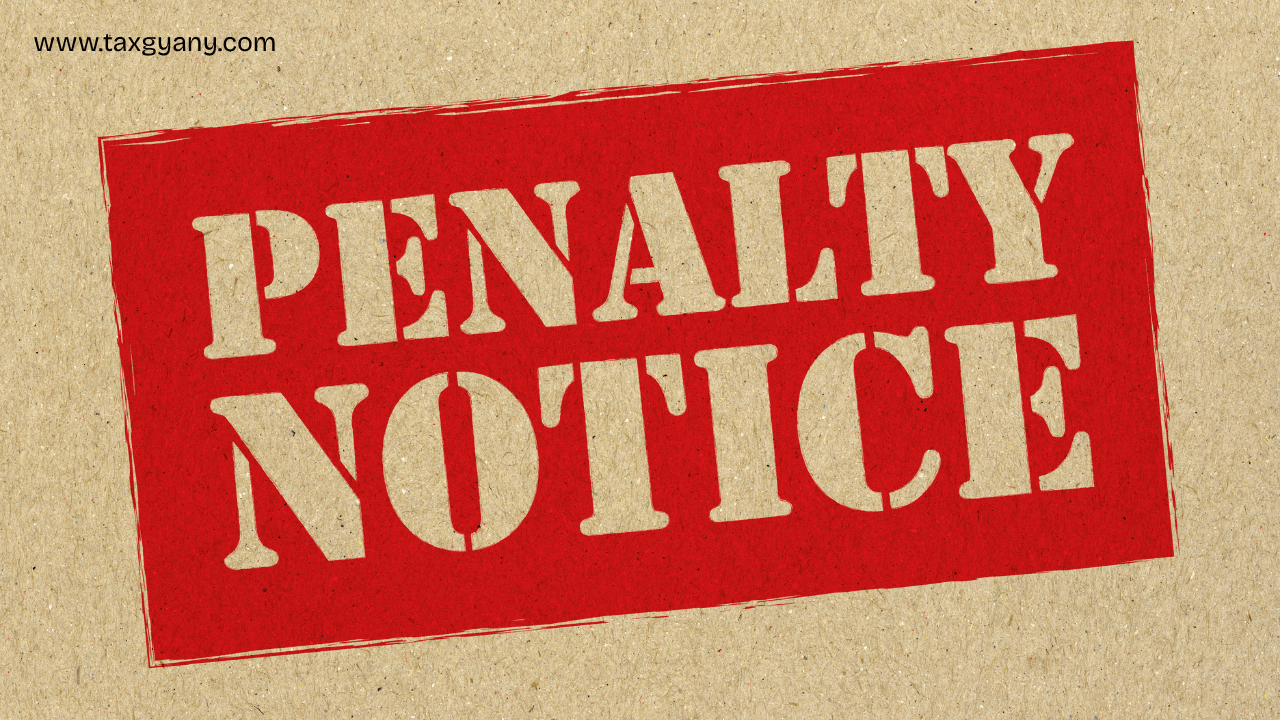Filing Your Income Tax Return? Know These Tough New Penalty Rules!
📜 A Simple Story to Understand the Problem
Meet Ramesh. He runs a small business in Delhi. Like every year, he sat down to file his Income Tax Return (ITR). But this time, he thought he’d be clever. He under-reported some of his sales and inflated a few expenses to save tax.
He thought – “It’s no big deal. Who will know?”
But months later, Ramesh received a notice from the Income Tax Department. His return had gone for scrutiny. He was shocked to discover he had to pay:
✅ The actual unpaid tax
✅ A 200% penalty on the unpaid tax
✅ 24% annual interest on the dues
✅ He even faced the threat of prosecution!
Ramesh learned the hard way that small tricks can lead to big trouble.
🔎 Why Has the Income Tax Department Made Rules Tougher?
The government has seen a rise in taxpayers who:
✅ Hide real income
✅ Show fake expenses
✅ Claim deductions they’re not eligible for
This cheating reduces government revenue and is unfair to honest taxpayers.
👉 To fight this, the Income Tax Department has introduced much tougher penalty and prosecution rules to discourage fraud.
🚨 What’s the New Penalty for Hiding Income?
✅ 200% Penalty on Tax:
If the department finds you deliberately hid income or claimed fake deductions, they can impose a penalty of up to 200% of the tax evaded.
🧾 Example:
Hidden income tax = ₹50,000
Penalty = ₹1,00,000
Total = ₹1,50,000 (excluding interest)
✅ 24% Annual Interest:
The tax department charges interest of up to 24% per annum on unpaid tax.
The longer you delay, the more you pay.
✅ Possible Jail Time:
Proven cases of wilful tax evasion can lead to criminal prosecution.
Jail terms can range from 3 months to 7 years, depending on the case.
📌 What Counts as Income Concealment or Fraud?
Be careful of these common mistakes:
✅ Not showing all bank interest or rental income
✅ Hiding foreign income or assets
✅ Showing fake business expenses
✅ Claiming ineligible deductions (e.g. false donations)
✅ Under-reporting capital gains
✅ Not disclosing all bank accounts
The tax department can easily spot these with modern technology.
🧾 How Does the Income Tax Department Catch This?
These days, the IT Department has full digital integration. They get information from:
✅ Form 26AS – TDS/TCS details
✅ AIS (Annual Information Statement) – all your financial transactions
✅ Banks and financial institutions
✅ Property registries
✅ Stock market trades
✅ Mutual funds
✅ Credit card payments
Even small mismatches can trigger scrutiny or automated notices.
✅ How to Avoid These Heavy Penalties?
✔️ Be Honest:
Always report your full and correct income.
✔️ Claim Only Real Deductions:
Keep proof for every deduction (e.g. LIC premium, home loan interest, donations).
✔️ Match with 26AS and AIS:
Check your Annual Information Statement before filing.
✔️ File on Time:
Late filing can attract penalties and interest even without fraud.
✔️ Keep All Proof:
Maintain bank statements, invoices, rent receipts, and donation certificates.
✔️ Consult a Professional:
If you have multiple incomes or doubts, talk to a Chartered Accountant.
🧮 Illustrative Example
Suppose:
Actual income = ₹10 lakh
Reported income = ₹7 lakh
Hidden income = ₹3 lakh
Tax rate = 30%
✅ Unpaid Tax = ₹90,000
✅ Penalty (200%) = ₹1,80,000
✅ Total Payable = ₹2,70,000 + interest (up to 24% p.a.)
Imagine how ₹90,000 of unpaid tax becomes over ₹3 lakh of pain!
🏁 Conclusion
The days of fooling the tax department are over.
Modern data matching and AI make it easy for the department to spot differences. Don’t risk a big fine or even jail for the small “saving” you might get by hiding income or claiming fake deductions.
✅ File your Income Tax Return honestly, completely, and on time.
✅ If you need help, get professional guidance.
🌟 Moral of the Story
“Trying to save tax dishonestly can cost you much more. Honest filing is always the cheaper and safer option.”
📞 Need Help with ITR Filing?
Team Taxgyany is here for you!
📞 Call/WhatsApp: 730 430 7888
🌐 www.taxgyany.com
✅ Experts in GST, ITR, TDS, and Business Compliance

